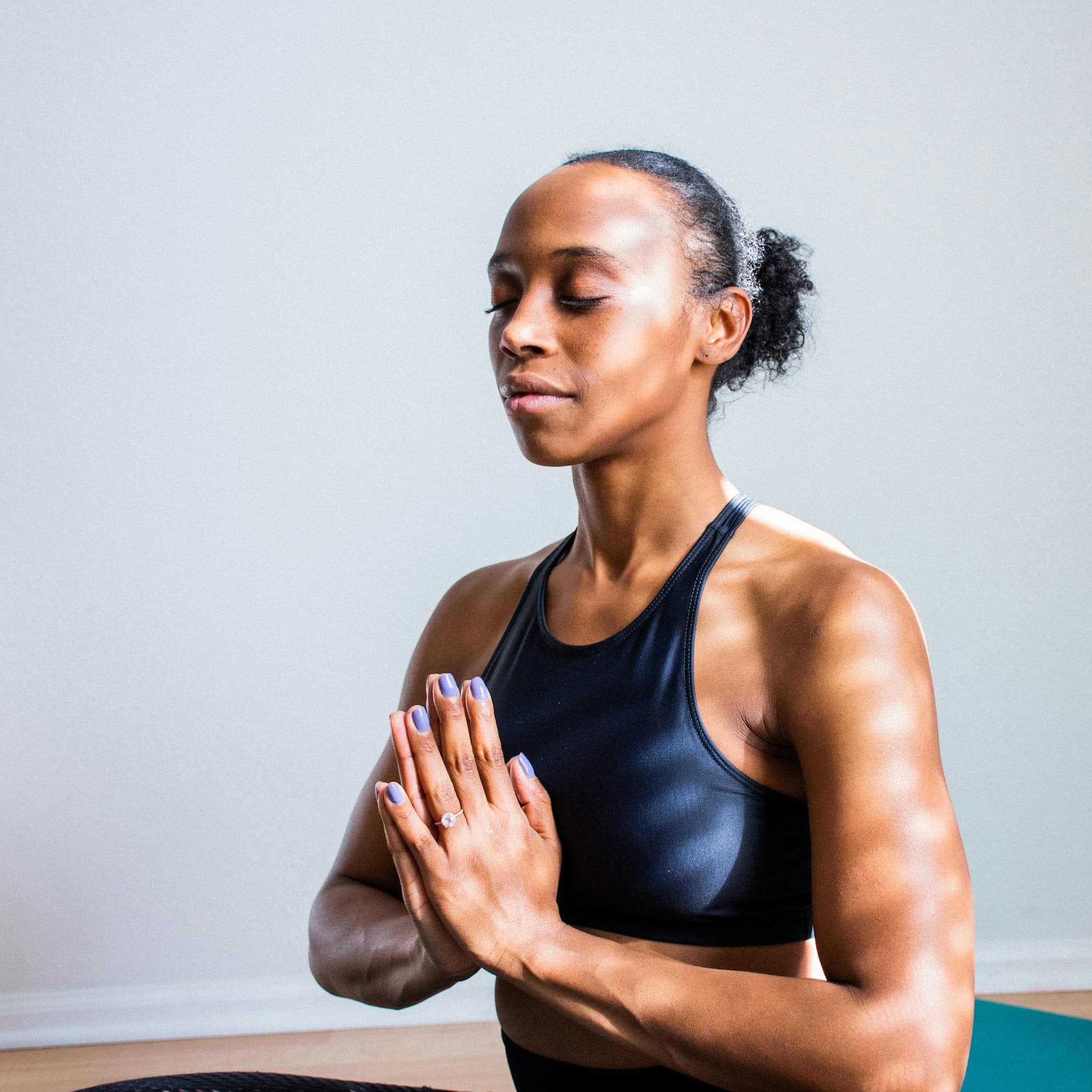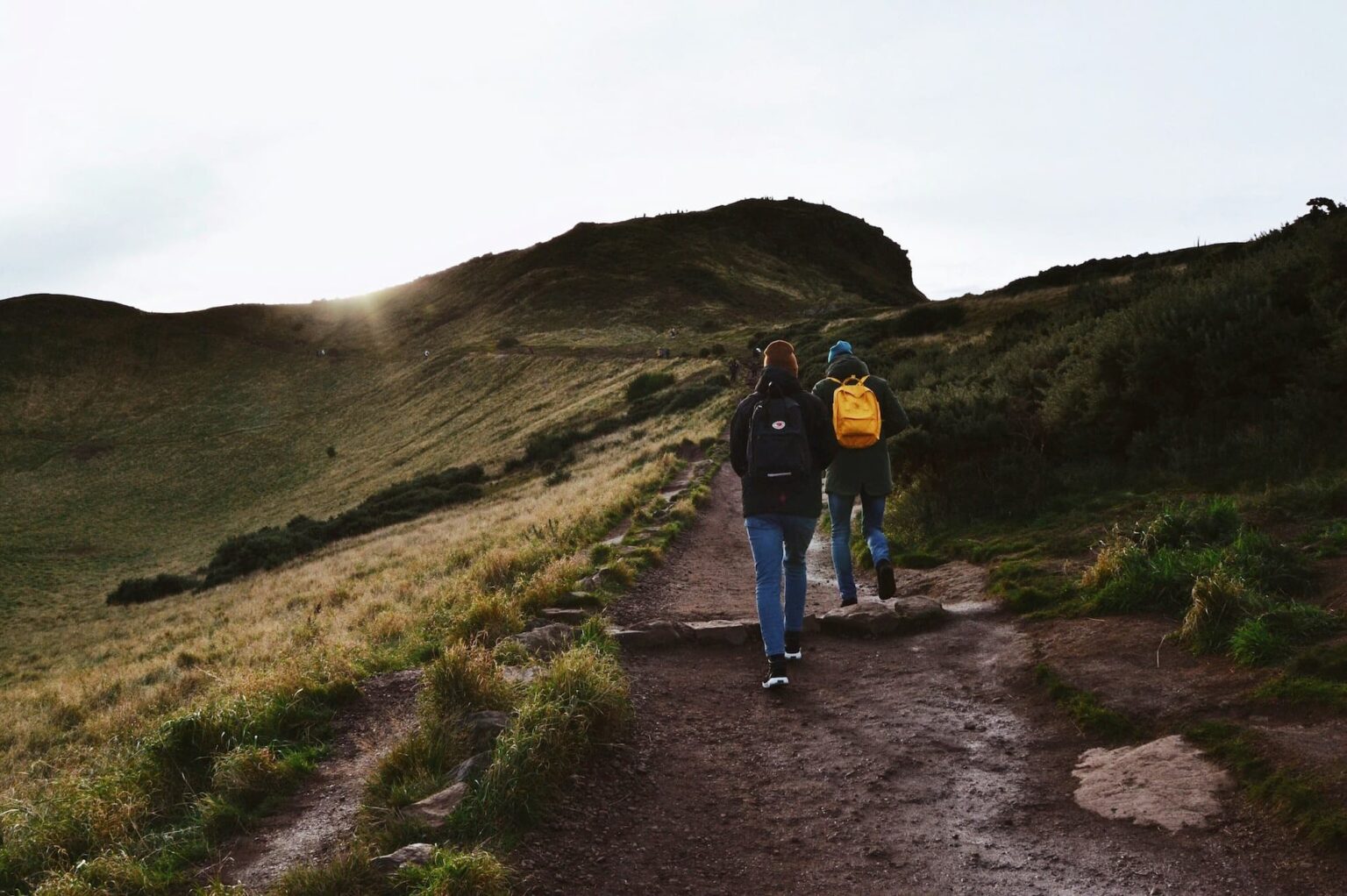Wherever you are on the recovery spectrum, at the beginning questioning, ”do I have a problem?” or in long-term recovery, and anywhere in between, there have been moments of mindfulness in life. These are the moments that have often left a strong impression: a birth, a death, a first kiss, surfing the perfect wave, getting a first job, losing a job, a life changing diagnosis, an accident. At these times, the common thread is that we are fully present. We’re aware of what is happening as it is happening. We are paying attention.
Paying attention is a capacity we are born with and evolves over time. We are born into families and circumstances over which we have no control. As we grow from infancy to young adults, we may become attentive to circumstances that feel threatening, or cause fear or pain. Reactions to these states may range from becoming introverts or loners, or being the class clown or the super achiever. Sometimes, being attentive to these conditions can feel quite overwhelming. As children, we can be highly sensitive and the tendency to turn to substance use to numb those scary feelings can begin at an early age. We pay attention, it hurts. We learn to numb and turn away.
In recovery, we begin to live without the substance. Often after removing drugs and/or alcohol, the heart and mind take awhile to get onboard. Treatments such as behavioral therapy, 12 step, relapse prevention and others teach how to recognize, avoid and cope with situations that may cause use.
My own recovery, greatly supported by a combination of 12 Step and CBT, has been a journey of twists and turns, ups and downs. After the early years and the initial euphoria of being free of drama, the headaches, guilt and remorse, it became apparent for me that the wild rides continues.
Although my drug and alcohol use were many years behind me, I could still find myself paying attention, feeling hurt or scared. Ending a relationship, shutting down emotionally, isolating, staying busy, hooked on professional achievement, numbing out on YouTube or podcasts, mindlessly snacking became my new way of numbing and turning away. In the early 2000s, I began to explore meditation. After a few stops and starts, within a few years, I meditated casually several times a week as part of a wellness plan. I found it relaxing to meditate. Several more years passed and I took formal mindfulness training to teach others how to manage stress and relapse prevention.
It was in the formal mindfulness training, that I discovered that meditation was simply one aspect of mindfulness and that relaxation was, indeed, NOT its goal. The purpose of mindfulness practice is to bring presence to all the moments. The very same presence that arises when surfing the perfect wave (aware of the spray of the water, the pounding of the surf as well as the pounding in the heart, the thoughts, sights, sounds) is available ALWAYS. One might not be in sitting in silence on a cushion, or in a temple. One might not be feeling calm and zen- like. One may be in a meeting, mowing the lawn, or sitting bedside near one who is gravely ill.
Mindfulness in recovery expands cognitive awareness to include the body’s physical experience. It invites us to FEEL the physical sensations in conjunction with thoughts and emotions. The body holds our history.
Like thoughts, like emotions, sensations in the body are in constant flux. When we integrate mindfulness as a way of being, we slow things down, becoming present not only to the scary moments, but to moments of connection, of grace and beauty as well. The way out of addiction and suffering is the way back into the capacity to feel, to be with whatever is arising.
We pay attention. Sometimes it hurts. Sometimes it’s blissful. Often some combination of both. We learn to turn toward and embrace, deepening resilience and discovering our wholeness.




